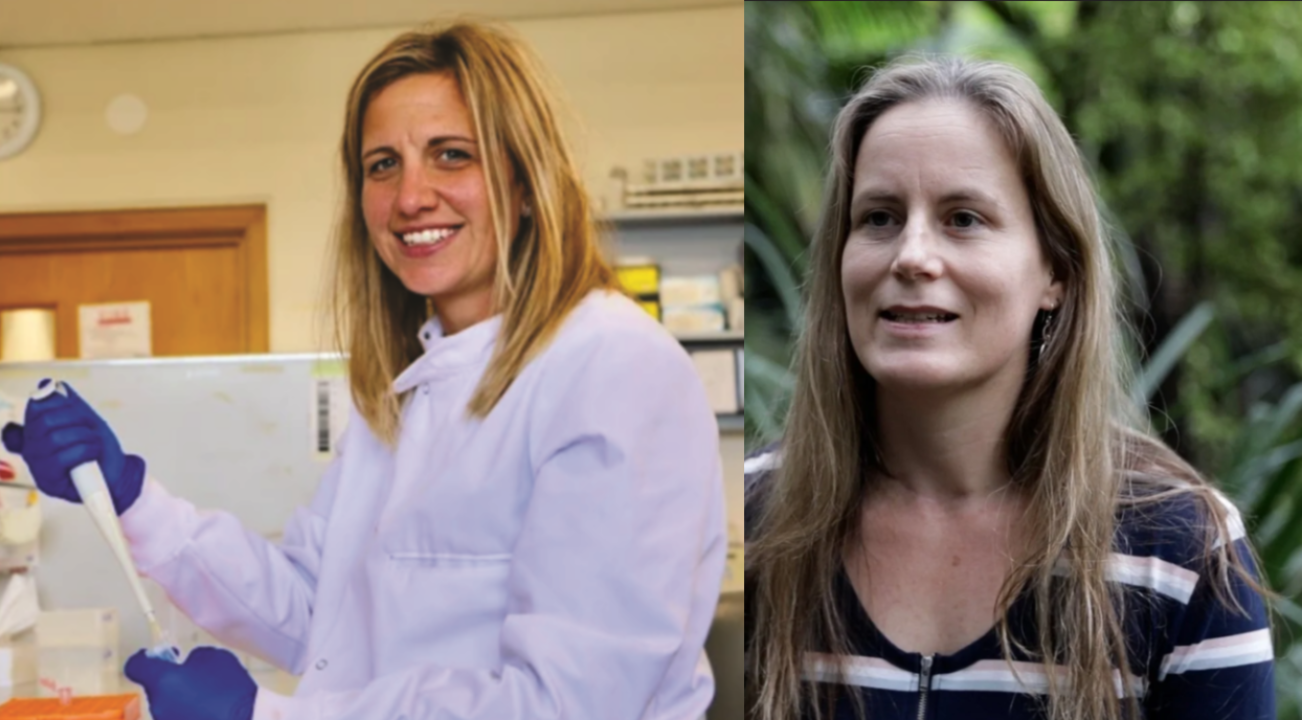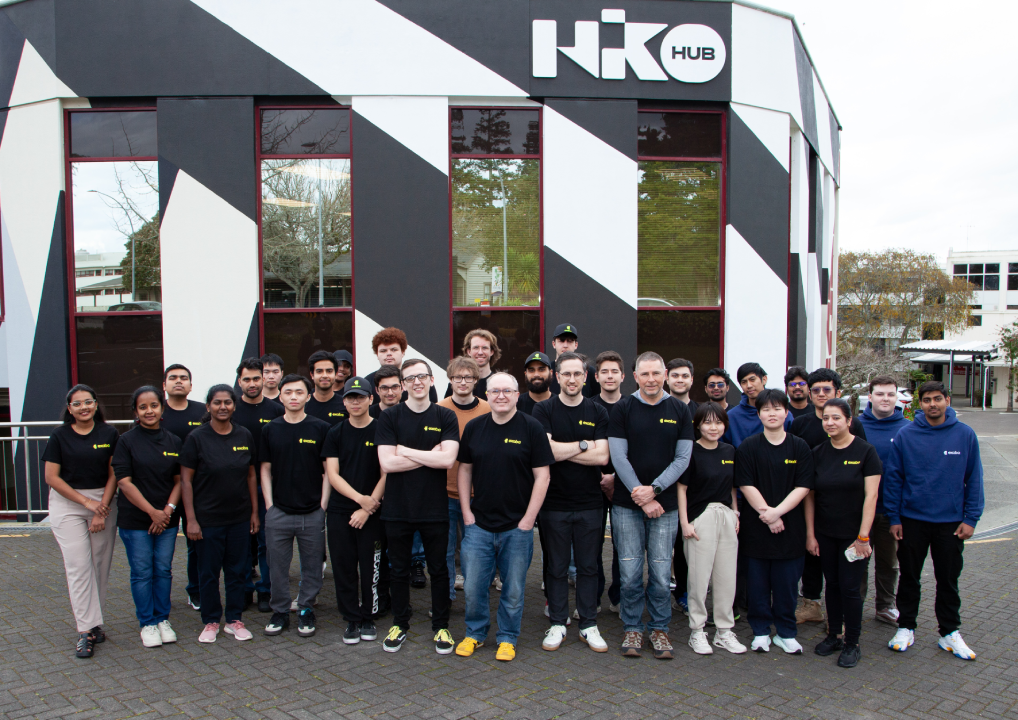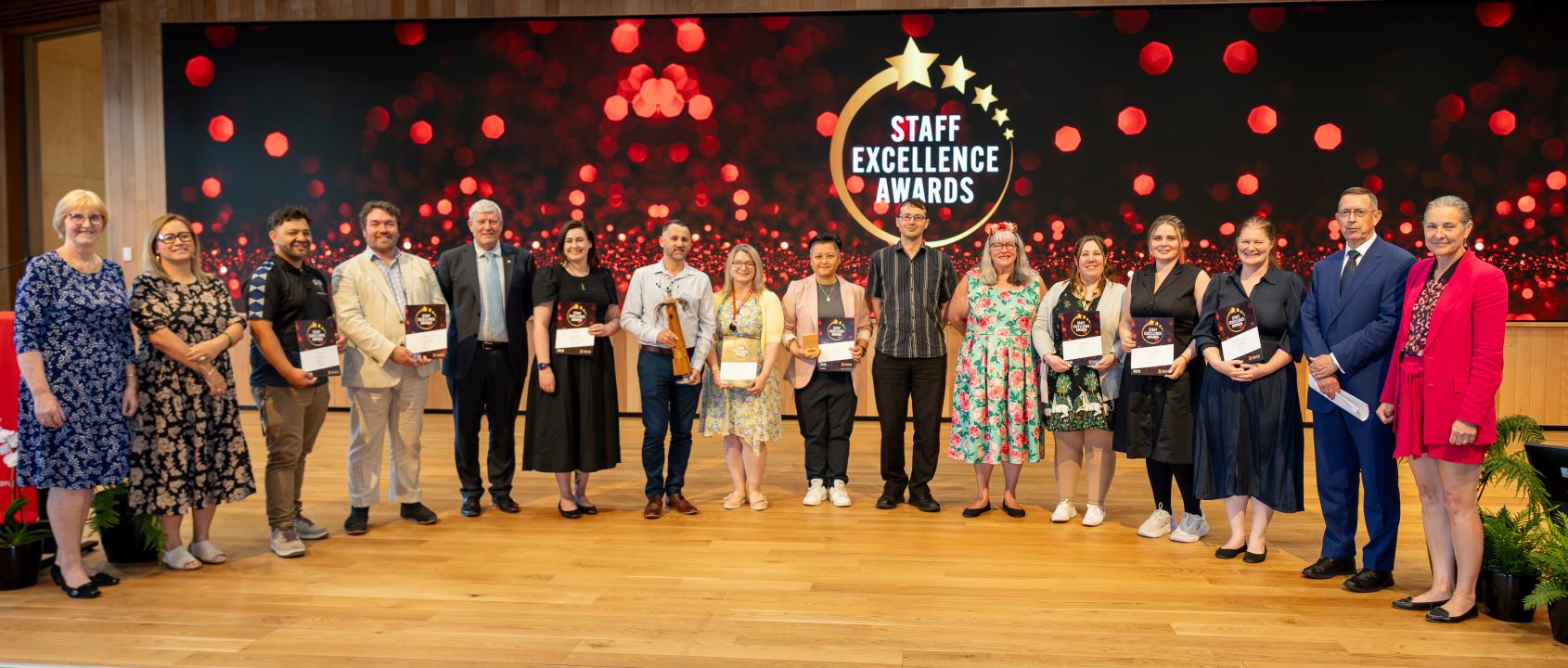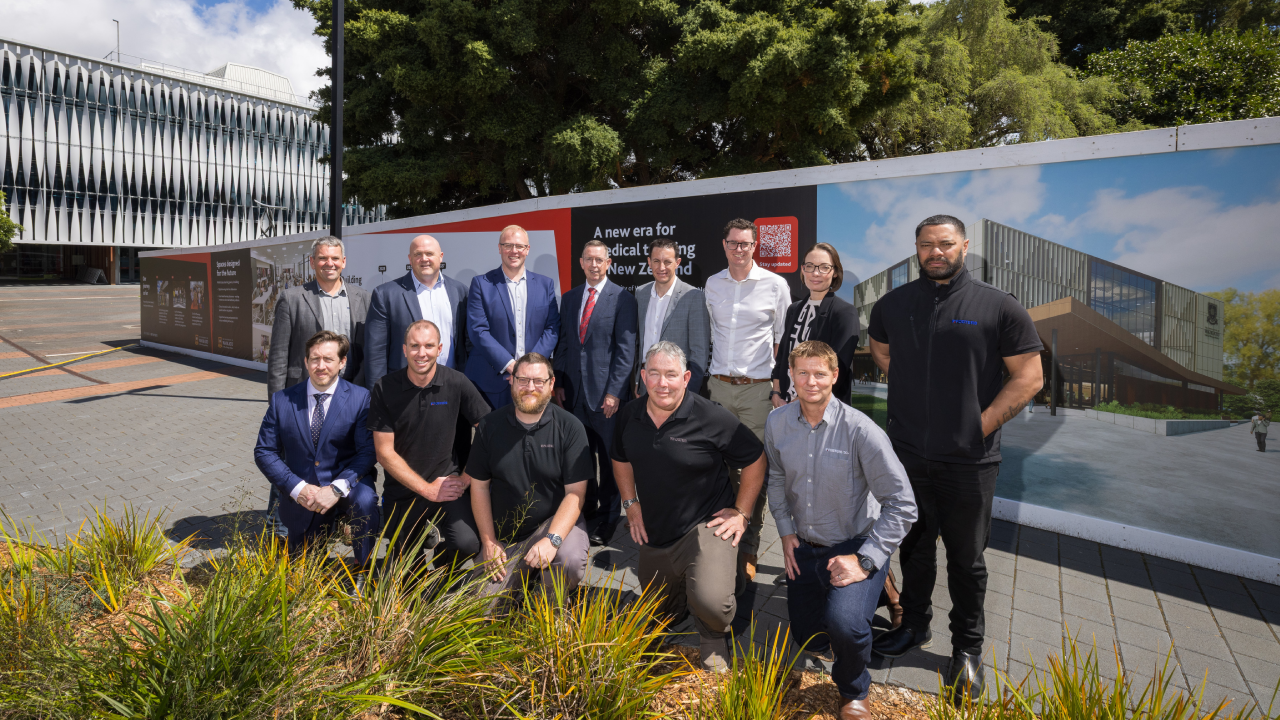The growing complexity of urban development is placing increasing pressure on city planners. New research from the University of Waikato, published in Nature Cities, suggests artificial intelligence (AI) may offer a practical and scalable solution.
Dr Xinyu Fu, a researcher in urban planning, explores how large language models (LLMs), including OpenAI’s ChatGPT, can support planners by reducing the time and resources required to interpret policy documents, assess development proposals and analyse public submissions.
“These models are highly versatile and capable and are developing at a pace that continues to expand their real-world potential,” said Dr Fu. “Urban planning involves large volumes of unstructured text, such as district plans, council strategies and consultation feedback. Traditionally, this kind of qualitative analysis takes a lot of time and human input. Before LLMs, tools were very limited. Now, we can do in hours what used to take weeks or even months.”

Dr Xinyu Fu, senior lecturer in environmental planning at the University of Waikato
Traditionally, AI research in urban planning has focused on structured numerical and spatial data, such as census data or geographic information systems layers. Much less attention has been paid to the unstructured text found in planning documents, policies and public feedback, even though this type of information is critical to decision-making. Dr Fu says that is now changing with the rise of LLMs.
“With LLMs, we can finally begin to analyse text-rich materials in a meaningful, scalable way,” he said. “These models help fill the gap that has long existed in planning between what we can measure spatially and what communities actually desire, as reflected in their submissions or local planning documents.”
Dr Fu’s recent pilot with Hamilton City Council tested how an LLM could be used to analyse thousands of public submissions on planning proposals. It is the kind of repetitive, high-volume task that planners are often burdened with, and one where AI can offer immediate support.
“When a council asks for public input, there are often hundreds or thousands of submissions. Reviewing them manually involves a team of planners and takes a long time. LLMs allow us to identify themes and insights far more efficiently,” he said.
However, Dr Fu is clear that this is not about replacing planners. It is about enabling them to spend more time where it matters. “Planning has become very reactive. Planners are overwhelmed by constant legislative changes and administration. If we can reduce that pressure, they can focus more on engaging with communities and creating long-term strategies.”
He cautions against treating AI as a one-size-fits-all solution. “When a new tool comes along, it is easy to treat every problem as a nail because we have a hammer. What we are doing is laying a foundation for careful, constructive use. It is about identifying the right tasks for LLMs, not applying them blindly.”
While the efficiency gains are clear, the research also flags ethical and governance challenges, including privacy concerns, algorithmic bias and unequal access to AI tools.
“In planning, we often deal with sensitive public information,” said Dr Fu. “We need to be cautious of what we share with AI models. These models can oversimplify complex issues, potentially masking disagreement or conflict, which can be harmful in a democratic process.”
Dr Fu believes New Zealand is well placed to lead in this space. “We’re a small, agile country, but we’re moving slowly. Overseas, governments are already trialling AI in planning and policy. If we want to stay relevant, we need to build capability now.”
Used well, he says, AI can shift planners from reactive work to more visionary, community-focused roles. “This is about giving planners time to do what they trained for – working with communities to shape better urban futures.”
The study Large language models in urban planning was published in Nature Cities on Monday 9 June 2025. (DOI: 10.1038/s44284-025-00261-7).




